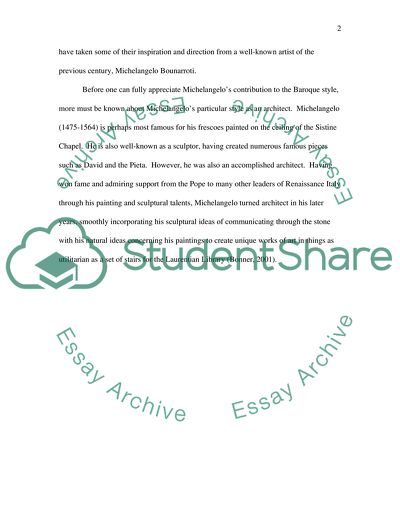Cite this document
(“Michelangelo and Bernini Essay Example | Topics and Well Written Essays - 1500 words”, n.d.)
Retrieved from https://studentshare.org/visual-arts-film-studies/1545748-michelangelo-and-bernini
Retrieved from https://studentshare.org/visual-arts-film-studies/1545748-michelangelo-and-bernini
(Michelangelo and Bernini Essay Example | Topics and Well Written Essays - 1500 Words)
https://studentshare.org/visual-arts-film-studies/1545748-michelangelo-and-bernini.
https://studentshare.org/visual-arts-film-studies/1545748-michelangelo-and-bernini.
“Michelangelo and Bernini Essay Example | Topics and Well Written Essays - 1500 Words”, n.d. https://studentshare.org/visual-arts-film-studies/1545748-michelangelo-and-bernini.


